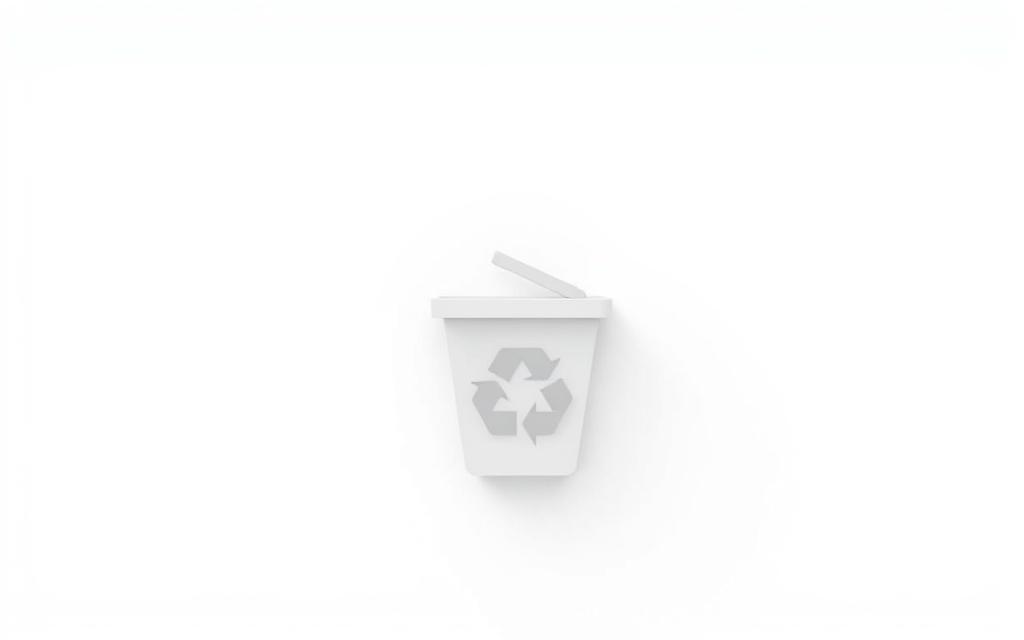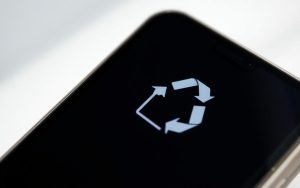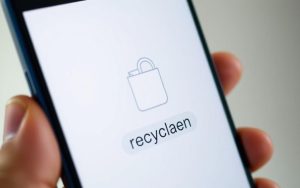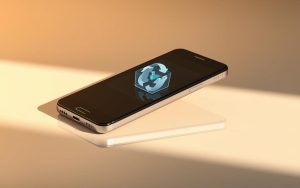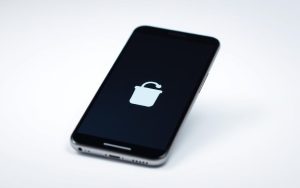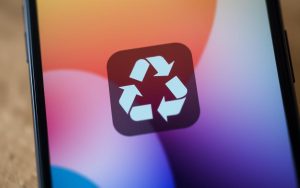Table of Contents
Android devices handle file deletion differently compared to desktop operating systems. Unlike PCs, there’s no universal system-wide recycle bin. Instead, file management is app-specific, meaning deleted items are stored in designated trash folders within individual apps.
For example, apps like Photos, Files, and Gmail have their own trash functionality. Most of these apps retain deleted files for up to 30 days before permanently removing them. This approach ensures flexibility but requires users to check multiple locations for deleted items.
Terminology may vary by region, with some areas referring to it as a “bin” and others as “trash.” Understanding these differences is crucial for effective file recovery. This section sets the stage for exploring native and third-party solutions in detail.
Understanding the Recycle Bin on Android
Android’s approach to file deletion is unique, relying on individual app trash systems. Unlike Windows or MacOS, which use a unified recycle bin, Android devices manage deleted items through app-specific folders. This decentralized architecture means users must check multiple locations to recover lost files.
Manufacturers like Samsung, Google, and Huawei implement their own trash systems. For example, Samsung’s Gallery app has a dedicated recycle bin, while Huawei’s EMUI includes a “Recently Deleted” folder. These variations highlight the importance of understanding your device’s specific setup.
Deleted items are typically stored for 30 days before permanent removal. Cloud-backed files, however, may be retained for up to 60 days. This auto-deletion feature helps manage storage but requires users to act quickly to recover important data.
Third-party apps like Dumpster and Recycle Bin offer additional solutions. However, they often exclude messages and call logs, emphasizing the need for caution. Always be aware of permanent deletion timelines to avoid losing critical information.
How to Find the Recycle Bin in Google Photos
Google Photos offers a built-in trash folder for managing deleted images and videos. This feature ensures you can recover accidentally removed files within a specific timeframe. The process is simple and accessible across both mobile and web interfaces.
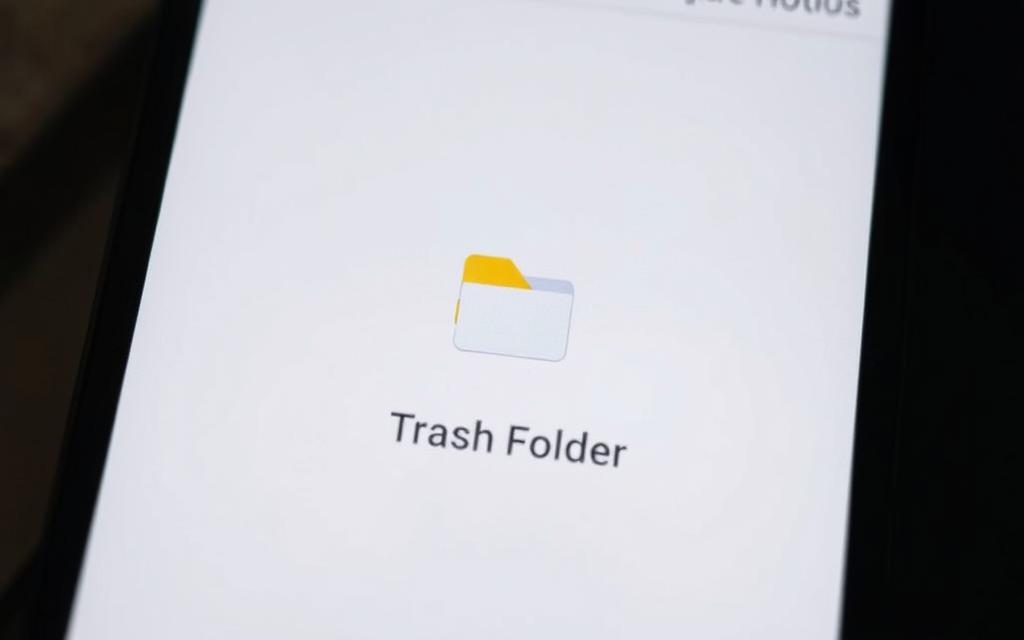
Step 1: Open the Google Photos App
Launch the Google Photos app on your device. Ensure you’re signed in to the account where your photos are stored. This step is crucial for accessing the correct trash folder.
Step 2: Access the Trash Folder
Navigate to the Library tab at the bottom of the screen. From there, select Trash to view all deleted items. Files here are stored for 30 days before being permanently removed. Backed-up items may remain for up to 60 days.
Step 3: Restore or Permanently Delete Files
To restore files, tap the desired photo or video and select Restore. For permanent deletion, use the three-dot menu and choose Delete Forever. Be cautious, as this action cannot be undone.
| Feature | Details |
|---|---|
| Auto-Delete Timeline | 30 days for local files, 60 days for backed-up items |
| Restoration Options | Single or multiple file recovery |
| Permanent Deletion | Available via three-dot menu |
If you encounter syncing delays, ensure your device is connected to the internet. Missing items may require checking your backup settings. Always act quickly to recover files before the auto-delete countdown expires.
Locating the Recycle Bin in Samsung Gallery
Samsung Gallery provides a streamlined way to manage deleted photos and videos. Unlike other platforms, it features a dedicated trash folder for temporarily storing removed items. This functionality ensures accidental deletions aren’t permanent, giving users a 30-day window to recover files.
To access this feature, open the Gallery app and navigate to the three vertical dots menu. Select Trash to view all recently deleted items. Files here are automatically removed after 30 days, so act quickly to restore deleted media.
Step 1: Open the Gallery App
Launch the Samsung Gallery app on your device. Ensure you’re using the latest version of One UI for optimal functionality. Older versions may require enabling the trash feature in settings.
Step 2: Navigate to the Trash Folder
Tap the three vertical dots in the top-right corner. Select Trash from the dropdown menu. This folder displays all deleted photos and videos, along with their expiration dates.
Step 3: Restore or Delete Files
To recover items, select the desired files and tap Restore. For permanent removal, choose Delete Forever. Use the bulk selection option to manage multiple files at once.
- Bulk Restoration: Easily recover multiple items in one action.
- Expiration Dates: Files are automatically deleted after 30 days.
- Secure Folder: Deleted items here follow the same retention rules.
If the trash folder is missing, check your device’s settings or update the app. For SD card storage, ensure the card is properly mounted. Samsung Cloud users may have extended retention periods for backed-up files.
Managing Deleted Files in Android File Manager
Managing deleted files on Android requires understanding the file manager’s trash functionality. Unlike desktop systems, Android uses app-specific trash folders. This decentralized approach means users must navigate different paths to recover lost files.
File manager apps like Google Files and OEM versions (e.g., Samsung’s My Files) handle trash differently. Some store deleted items in a trash folder, while others use categories like “Recently Deleted.” Knowing your app’s setup is key to efficient file recovery.
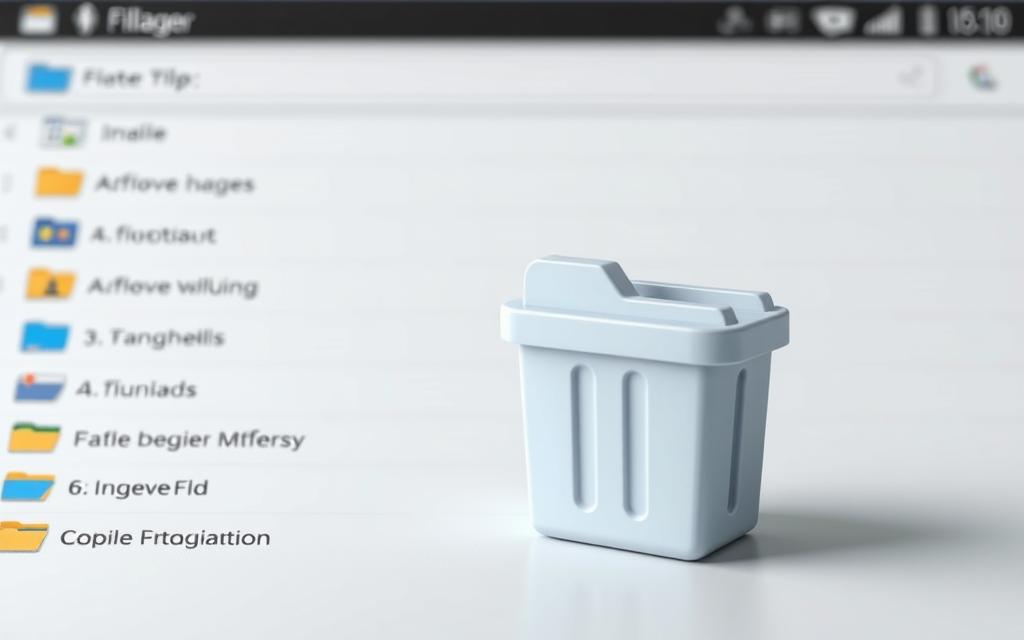
Step 1: Open the File Manager App
Start by launching the file manager app on your phone. For Samsung devices, this is typically “My Files,” while Google users may use “Files by Google.” Ensure the app is updated to the latest version for full functionality.
Step 2: Access the Trash Folder
Navigate to the trash section. In Google Files, tap Menu > Trash. In Samsung’s My Files, select Categories > Recently Deleted. Deleted items are stored here for up to 30 days before permanent removal.
Step 3: Restore or Empty the Trash
To restore files, select the desired items and tap Restore. For permanent deletion, choose Delete Forever. Regularly emptying the trash can optimize storage and prevent data loss.
“Understanding your file manager’s trash system is crucial for effective data recovery.”
- Cloud vs. Local: Cloud-connected files may have extended retention periods.
- Selective Restoration: Choose specific files to recover without restoring all.
- Permanent Deletion: Be cautious, as this action cannot be undone.
| Feature | Details |
|---|---|
| Retention Period | Up to 30 days for local files |
| Cloud Backup | Extended retention for cloud-stored items |
| Restoration Options | Single or multiple file recovery |
For more details on managing your recycle bin on Android, explore our comprehensive guide. Always act quickly to recover important files before they’re permanently removed.
Recovering Deleted Emails and Messages
Recovering deleted emails and messages on Android requires navigating app-specific trash systems. Each app handles deletion differently, making it essential to understand its unique setup. This section focuses on Gmail and SMS recovery, highlighting key steps and limitations.
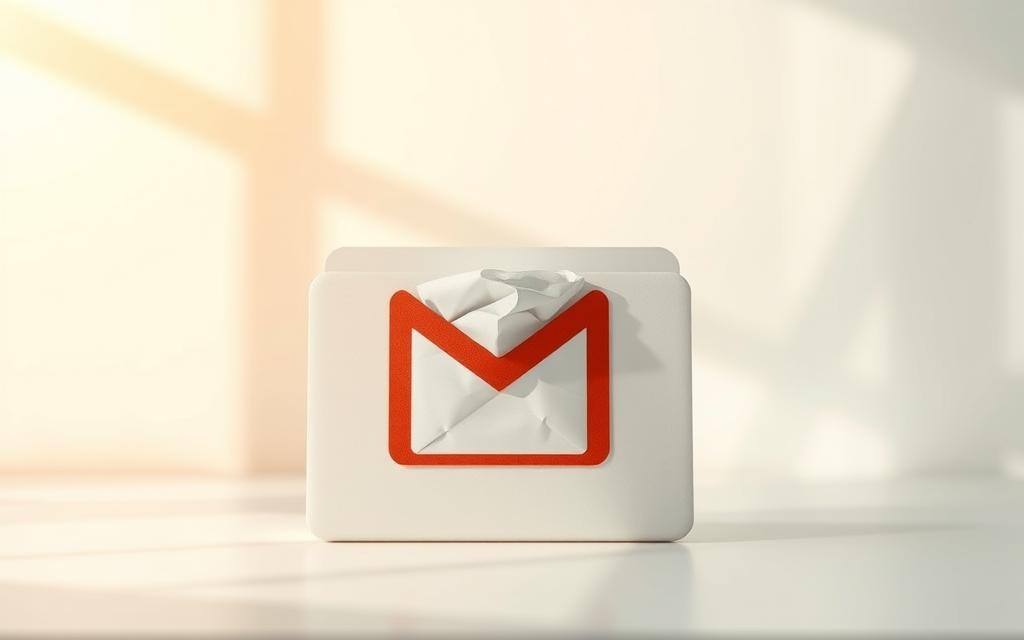
Finding the Trash Folder in Gmail
Gmail stores deleted emails in a dedicated trash folder for 30 days. On the web, access it by clicking the three vertical dots in the left-hand menu and selecting Trash. Mobile users can find it under the Menu icon in the app. This feature ensures accidental deletions aren’t permanent.
For enterprise workspace accounts, retention policies may vary. Some organizations extend the 30-day limit, while others enforce stricter deletion rules. Always check your admin settings for specifics.
Restoring Deleted Messages
To restore files in Gmail, open the trash folder and select the desired emails. Click Move to Inbox to recover them. Bulk recovery is also possible by selecting multiple items at once. This method saves time when restoring large volumes of data.
SMS recovery, however, is more limited. Most messaging apps don’t offer a trash folder, making permanent deletion common. Third-party tools claim to recover messages but often lack reliability. Always back up important texts to avoid irreversible loss.
“Backup solutions are essential for safeguarding critical messages and emails.”
- Carrier-Specific Retention: Some carriers store messages for a limited time.
- Backup Restoration: Use Google Drive or similar services for SMS backups.
- Auto-Delete Exceptions: Spam messages are often removed immediately.
By understanding these processes, users can effectively manage and recover deleted items. Always act quickly to restore files before the retention period expires.
Conclusion
Effectively managing deleted files on Android requires knowing where to look. Core apps like Photos, Gallery, and Gmail store removed items in their trash folders. Regularly checking these locations ensures you can recover important files before they’re permanently erased.
Emptying the trash periodically helps optimize storage on your device. Always act quickly, as most apps delete items after 30 days. For added security, consider using backup solutions like Google Drive or Samsung Cloud.
Manufacturer-specific features, such as Samsung’s dedicated recycle bin, enhance file recovery options. Emerging trends in Android storage management emphasize proactive strategies. Familiarize yourself with your device’s trash system to avoid accidental data loss.
For more tips on managing your trash android, explore our detailed guide. Stay informed and take control of your file management today.
FAQ
How do I access the trash folder in Google Photos?
Open the Google Photos app, tap the Library tab, and select Trash. From there, you can restore or permanently delete files.
Where is the trash folder located in Samsung Gallery?
Launch the Samsung Gallery app, tap the three vertical lines in the bottom corner, and choose Trash. You can restore or delete items from this folder.
Can I recover deleted files using an Android file manager?
Yes, open your file manager app, navigate to the Trash folder, and select the files you want to restore or delete permanently.
How do I restore deleted emails in Gmail?
Open the Gmail app, go to the Trash folder, select the emails you want to recover, and tap Move to Inbox.
Are deleted items permanently removed from the trash folder?
No, files in the trash folder are stored for a limited time, usually 30 days, before being permanently deleted.
Can I recover deleted photos and videos on Android?
Yes, if the files are in the trash folder of apps like Google Photos or Samsung Gallery, you can restore them within the retention period.
What happens if I empty the trash folder?
Emptying the trash folder permanently deletes all items stored there, and they cannot be recovered.
Does every Android device have a recycle bin?
Not all devices have a dedicated recycle bin. However, apps like Google Photos, Samsung Gallery, and file managers often include a trash folder for deleted items.


